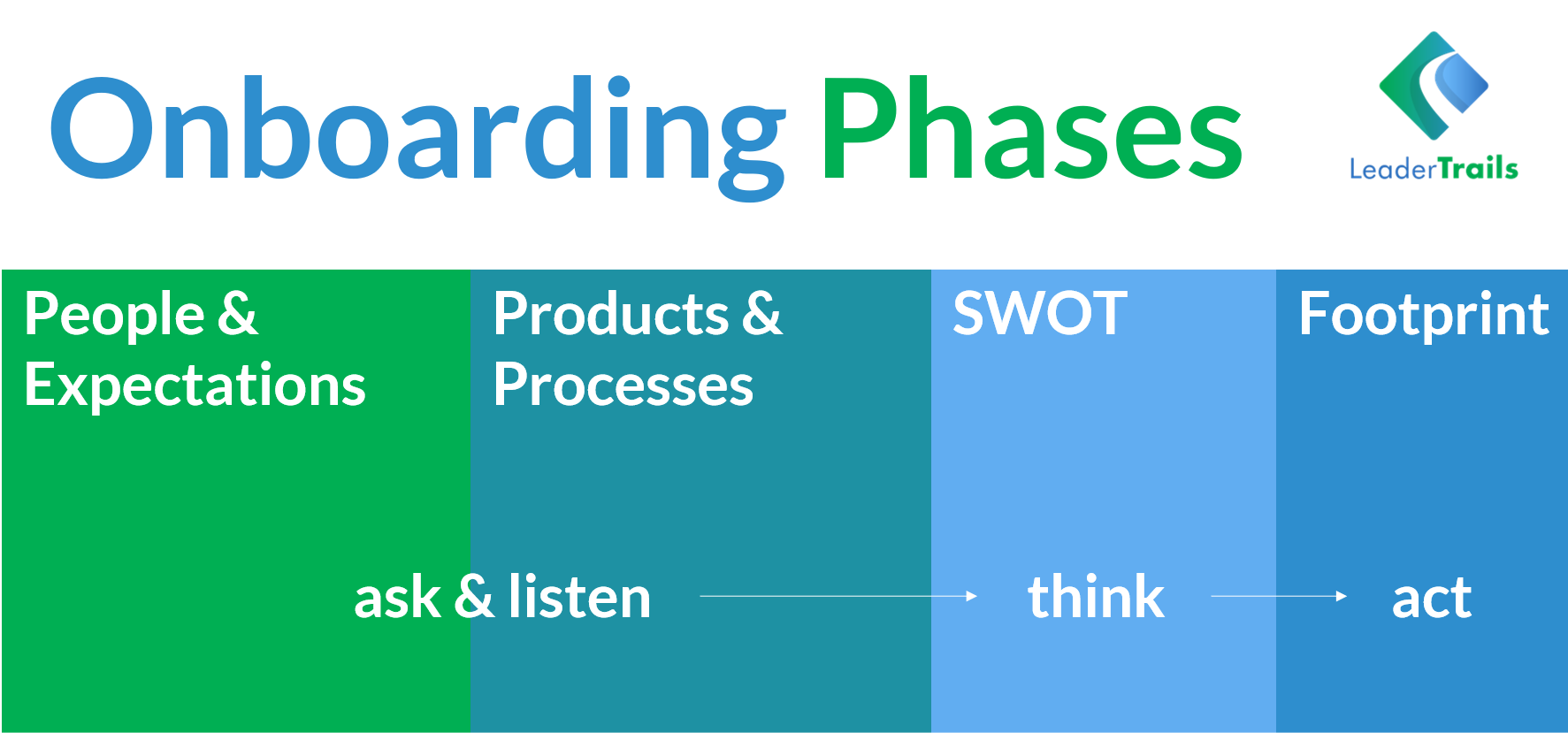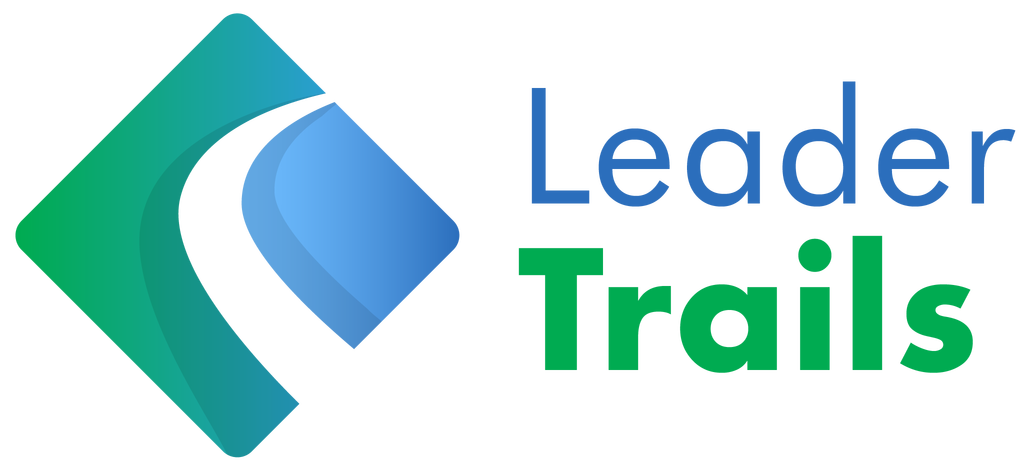Onboarding in a Leadership Role: listen first and act later

When starting in a new leadership role (maybe even your first leadership role), you can and should take responsibility of your own onboarding process.
In my career,
- I have onboarded many team members,
- I have facilitated onboarding processes for the company and
- I have onboarded myself a couple of times.
Point 3 the perspective and focus I would like to take here.
I see four main phases for your onboarding process. Although I believe that a deep onboarding may take up to year, I propose you take the classical focus on the first 100 days. You will see that I have one main recommendation: listen first, act later:

People
The relationship, trust and credibility you don’t build in the first weeks, you will hardly build later on. And building relationships comes as give and take – you give attention and something of you and you receive insights in the expectations and motivation of others. By the way, “giving” does not mean to share your ideas or your advice yet. It means to explain where you come from as a person, why you chose this job, who you are beyond work or other personal insights.
Start with a stakeholder analysis and make a list of all the possible persons and players, that you want or need to get in relation with. You may be surprised how long this list gets: Team members, direct manager, maybe indirect managers in a matrix stup, maybe board members, colleagues, internal and external business partners. And maybe surprising: put your predecessor, (disappointed) competitor(s) and informal leaders on this list as well.
Next step is to set the priorities and to manage your time. If you want to visit the top 10 business partners and meet all of your 20 employees and 8 colleagues, you will be busy for more than a month. Make an overall plan and communicate it to avoid speculations about your priorities.
For each conversation you may want to prepare a few questions and I will add more input for some of the mentioned stakeholders soon. Just one key word now: focus on each other’s expectations.
Products & Processes
Again, people first. Although it is seducing, you should not dive into the complexity of products, projects, processes and systems too soon. Before you know it, you are busy with day to day decisions and troubleshooting, in the worst case you set the stage for micro-management.
This phase is still a good time to ask questions and listen carefully. You learn about the value chain of your organization, understand the interaction between the processes and teams, identify and analyze KPIs.
SWOT
With sufficient information and a good overview you can now start to draw conclusions. I will not explain the method of a SWOT analysis (Strengths, Weaknesses, Opportunities, Threats) and rather guide your thinking and review process with a few first questions:
- What are the resources and strengths of your team and of every individual?
- What do your (internal and external) customers say?
- What do you need to improve?
- What resources are missing (people, capital, know-how)?
- What do you not offer yet, although your stakeholders ask for it?
- What are trends, how do you see your market in the next 2 years?
- …
Start your Footprint
Thank you for your patience. You asked, you listened, you observed, you learned, you reviewed. Now is the time to set targets, articulate them and start setting your footprint. After your orientation phase, you are now well informed about the hardware and software of your organization.
“Now” is not a very precise point in time, but ideally not earlier than 6 to 8 weeks after your start. If you are not sure if your stakeholders grant you this much time, you have one more question to ask your management when you clarify each other’s expectations (see above).
This article is an entry point of the Onboarding & Transition series.


